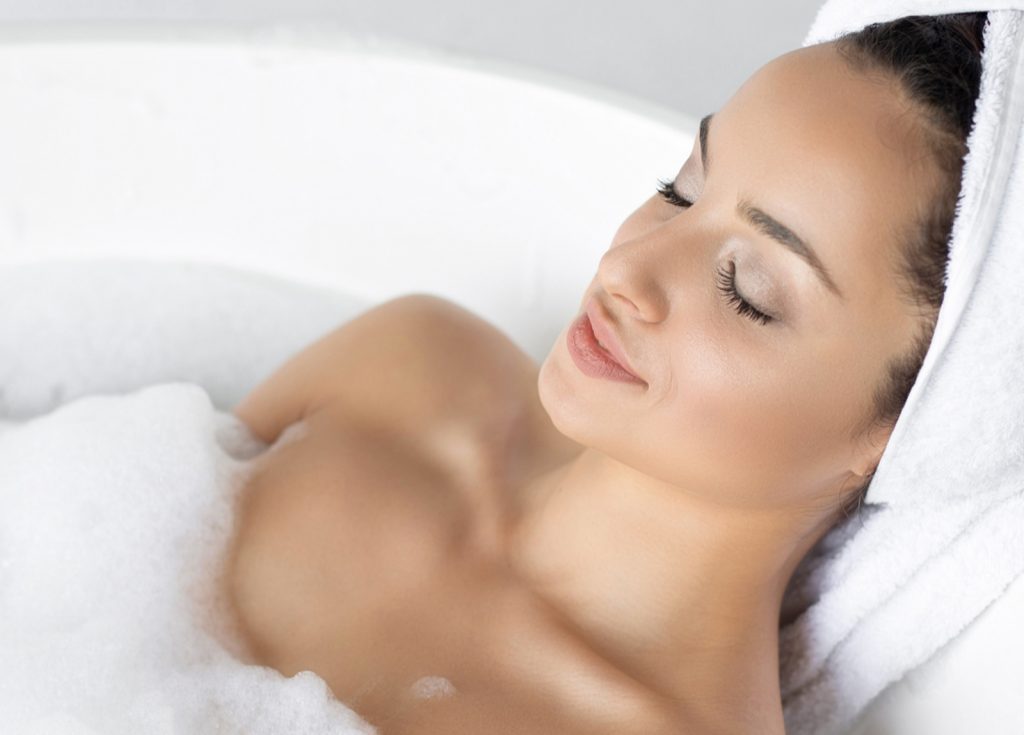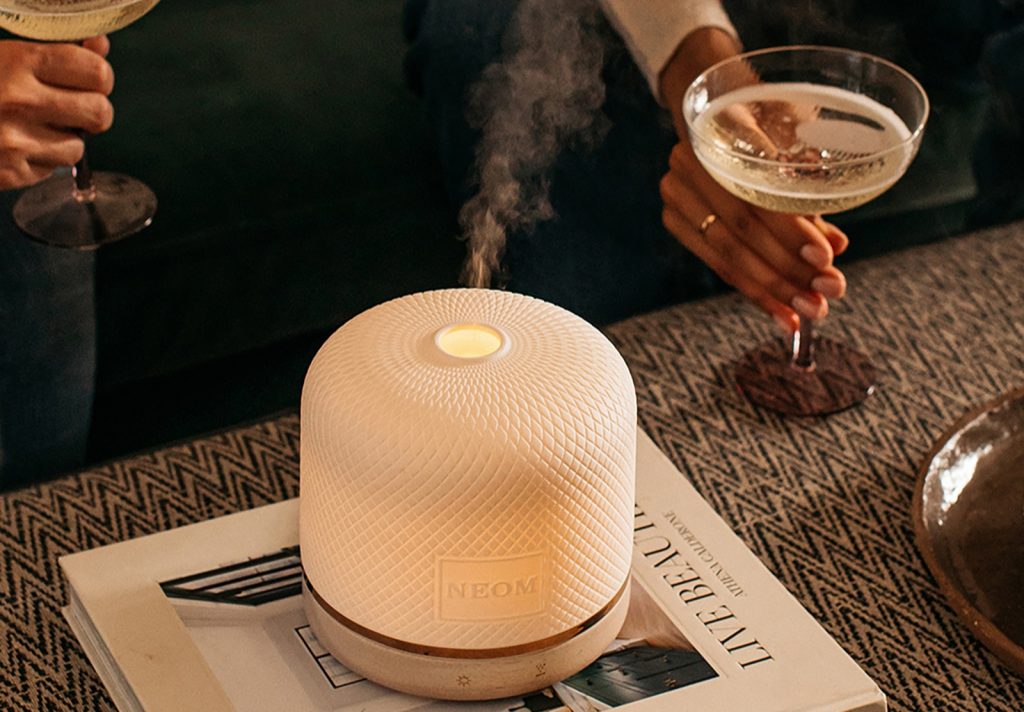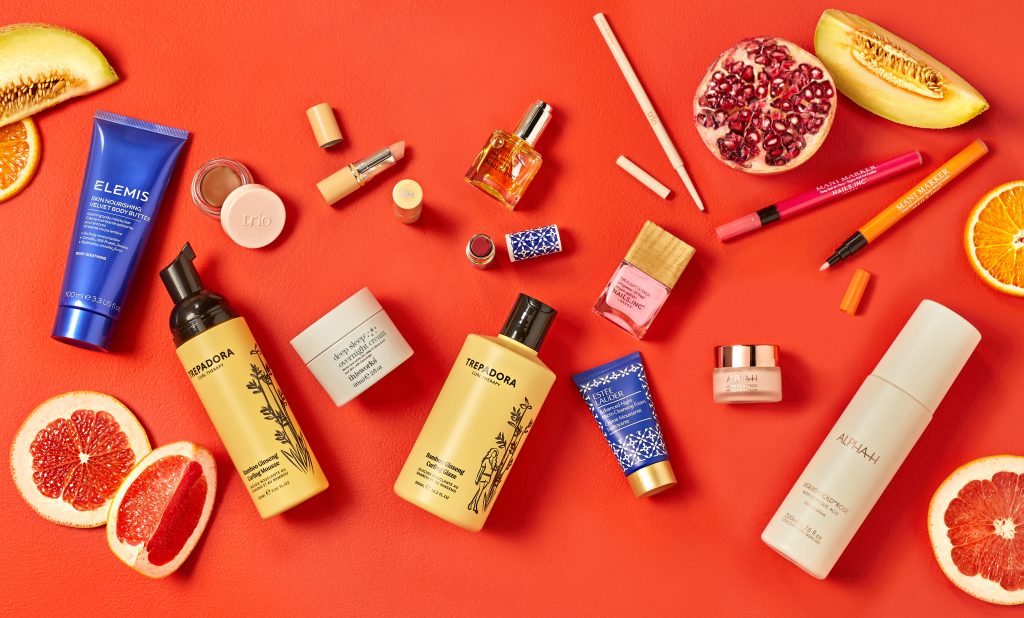Oily, shine-prone skin can be challenging to deal with on a day-to-day basis. Often going hand in hand with enlarged pores and the occasional blackhead or blemish, if your face is prone to looking like an oil slick by 3pm, you’ll probably know it’s a constant juggle to keep things balanced.
A combination of genetics and lifestyle factors can affect the level of sebum in our skin, so try as hard as you might, you might never be able to permanently rid yourself of unwanted shine. But all is not lost, as excessive oil production can be managed through your skincare and make-up.
The power of cleansing
We can’t stress the first (and arguably most important) piece of advice enough: never skip cleansing! And it’s not just to remove make-up either. Tom Ogden, European Business Manager at Alpha-H, often waxes lyrical about the benefits of a gentle yet effective cleanse in the morning: “It’s essential when you wake up, because your skin’s overnight repair mechanism means that there are more dead skin cells being shed, and more excess sebum to remove. Water alone is not going to be enough”. A BHA-based cleanser like the Alpha-H Clear Skin Daily Face Wash or Murad’s Exfoliating Cleanser will actively remove excess build up from the opening of the pore, which if untreated can lead to blackheads, blemishes and excess oil. When removing make-up, pay close attention to areas with a build-up of product. Use a micellar water (or your favourite heavy-duty make-up remover) to quickly get the bulk of the day off your face. Tom then suggests cleansing bare skin once all make-up has been removed. “A second cleanse ensures that your skin’s surface is free from excess oil, pollution and remnants of heavy make-up, which could otherwise seep into pores, and cause congestion”.
Gently does it
To reduce the look of shine and enlarged pores, exfoliation is key. Fiona Brackenbury, Education Director at Decleor, advises using an exfoliator one to three times a week, and always opting for chemical rather than physical scrubs. “Over-exfoliation can cause an increase of oil on the surface of the skin, which can lead to breakouts and imperfections. Avoid manual exfoliators with grains or beads, as these can stimulate oil production”. Decleor Phytopeel features green clay, elderberry and hibiscus extracts to deeply cleanse, eliminate impurities and smooth irregular skin texture, while the Judith Williams Beauty Institute Glycolic Peel Concentrate incorporates glow-boosting glycolic acid to slough away dead skin cells and lightly hydrate skin – perfect if you’re prone to shine, but also have patches of dryness or dehydration.
Oils aren’t the enemy
You might think that because you have oily skin, you shouldn’t use a facial oil as part of your skincare routine. Surprisingly, some oils can make a difference, when used as part of your skincare routine. Fiona Brackenbury is a champion of clarifying facial oils to help regulate sebum production and keep skin balanced. “When skin is starved of moisture, it causes the skin to produce more oil. This is really difficult when you have oily skin as all you want to achieve is a complexion that feels clean, clear and has a matte finish. Some essential oils can help slow the production of oil in the skin, reduce imperfections, breakouts and open pores to leave the skin flawless and with you in control”. For a lightweight facial oil you can use after cleansing, try the Elemis Superfood Facial Oil. Only apply before bed, so the oil has plenty of time to sink in and get to work, then continue with your skincare routine the next day as normal.
Get to first base
For a shine-free make-up base, it’s essential to opt for an oil-free primer. This is because unlike facial oils applied to bare skin, which can absorb overnight and cleanse away in the morning, oil-based make-up can block pores, add excess moisture, and encourage a dewier look than you might want. You’ll also want to avoid anything too drying, as this can remove any traces of moisture, and your skin will want to compensate by producing even more oil. For a lightly hydrating, smoothing primer, Laura Geller’s Spackle is our pick. Formulated with aloe vera and witch hazel to soothe, balance and keep excess oil at bay, it’s particularly suited to the needs of shine-prone skin. If you’re keen to blur the look pores and uneven skin tone while keeping shine under control, the Tarte Timeless Smoothing Primer will help to create an instant soft focus effect on pores, all with a smooth matte finish.
Make-up confidence
If you notice liquid foundation clogs your pores, or even makes them look larger and exacerbates shine, you might want to consider mineral make-up. Lightweight, buildable and suitable for even the most sensitive complexions, mineral foundation is the holy grail for many a shiny T-zone sufferer. SJ Froom, International Make-Up Artist for Bareminerals, is an advocate of this cult product. “Mineral make-up is great for oilier skin, as it’s non-comedogenic (it won’t clog or block pores), and it won’t cause breakouts. You also have the ability to build up your coverage from sheer to medium, so you can make one product work for so many different looks”. An industry best-seller for decades, both Bareminerals Original and Matte loose foundations offer SPF 15, and feature vegan, cruelty-free formulas to boot. If you prefer a fuller coverage, Laura Geller’s Balance-n-Brighten features a cream-to-powder baked formula to keep skin looking matte all day, without looking flat or dull. It’s also perfect for keeping with you if you need to re-powder during the day.
So there you have it, the five ways to manage a shine-prone complexion. Just remember: Cleanse, then cleanse some more. Exfoliate. Don’t be afraid of skincare oils. Choose your primer wisely. And ditto for foundation – and you’re all set.




